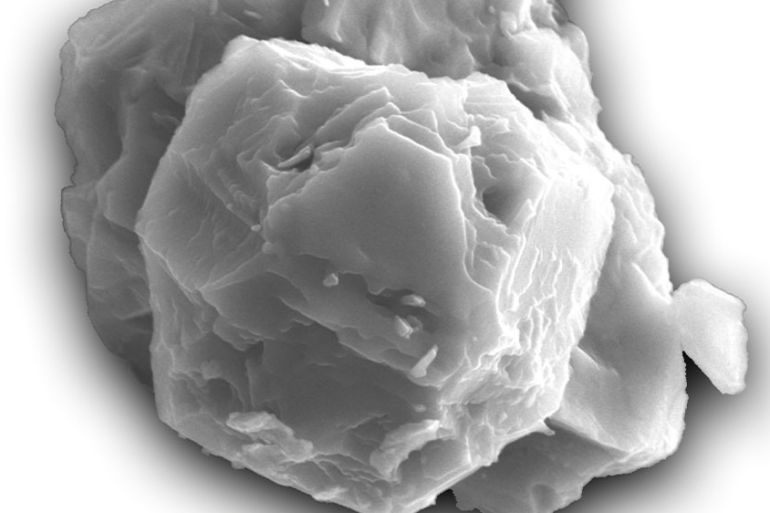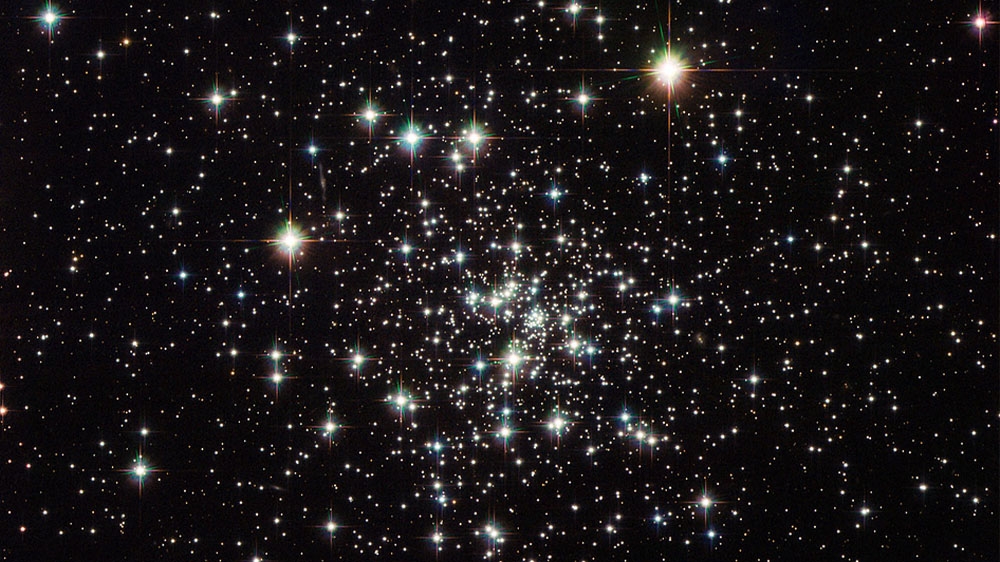Stardust: Oldest material on Earth found inside meteorite
Stardust found to be as old as 7 billion years, and provides evidence about the way stars were formed in our galaxy.

A meteorite that crashed into rural southeastern Australia in a fireball in 1969 contained the oldest material ever found on Earth, stardust that predated the formation of our solar system by billions of years, scientists said on Monday.
The oldest of 40 tiny dust grains trapped inside the meteorite fragments retrieved around the town of Murchison in Victoria state dated from about seven billion years ago, about 2.5 billion years before the sun, Earth and rest of our solar system formed, the researchers said.
Keep reading
list of 4 itemsBoeing’s jets turn 70: A timeline of highs, lows and turbulence
US university ties to weapons contractors under scrutiny amid war in Gaza
Scientists discover sperm whale ‘phonetic alphabet’
In fact, all of the dust specks analysed in the research came from before the solar system’s formation – known as “pre-solar grains” – with 60 percent of them between 4.6 and 4.9 billion years old and the oldest 10 percent dating to more than 5.6 billion years ago.
Philipp Heck, curator of meteorites at Chicago’s Field Museum which has a piece of the meteorite in its collection, examined the pre-solar grains.
“They’re solid samples of stars, real stardust,” Heck, who led the research published in the scientific journal Proceedings of the National Academy of Sciences, said in a statement.
|
|
When the first stars died after two billion years of life they left behind the stardust, which formed into the block which fell to earth as the meteorite in Australia.
The findings were “extremely exciting,” he added.
How stars formed
Although researchers first identified the grains in 1987 their age could not be determined.
But Heck and other colleagues recently used a new method to date these grains, which are microscopic in size.
They are from silicon carbide, the first mineral formed when a star cools.

To separate the ancient grains from the relatively younger ones, scientists crushed fragments of the meteorite into a powder. Then they dissolved it in acid, which left only the pre-solar particles.
“It’s like burning down the haystack to find the needle,” says Heck.
When dust is in space it is exposed to cosmic rays which slowly change its composition. This allows researchers to date it.
Ten years ago, only 20 grains from the meteorite were dated by a different method. Now, researchers have been able to determine the age of 40 grains, most of which are between 4.6 billion and 4.9 billion years old.
These ages correspond to the moment when the first stars began to break up, and since that type of star lived for two to 2.5 billion years, the stardust can be as old as seven billion years.
“These are the oldest solid materials ever found, and they tell us about how stars formed in our galaxy,” Heck said.
The new dating by this team confirms an astronomical theory which predicted a baby boom of stars before the formation of our sun, instead of a constant rhythm of star formation.
“We basically came to the conclusion that there must have been a time in our galaxy when more stars formed than normal, and at the end of their lives they become dust producing,” Heck told AFP news agency.
Scientists previously had found a pre-solar grain in the Murchison meteorite that was about 5.5 billion years old, until now the oldest-known solid material on Earth.
The oldest-known minerals that formed on Earth are found in rock from Australia’s Jack Hills that formed 4.4 billion years ago, 100 million years after the planet itself.